In addition, the market is increasingly confident that the Bank of Japan (BoJ) will continue its path of monetary policy normalization, with the possibility of another interest rate hike in 2025. The BoJ's tougher stance is supporting the Yen's rise.
However, investors remain cautious as the global economic outlook is clouded by tariffs from US President Donald Trump, which could delay the BoJ’s plans to raise interest rates, and make JPY bulls more cautious about placing bold bets.
However, the BoJ is still seen as pursuing a tightening policy – a big difference from the expectation that the US Federal Reserve will soon resume its rate-cutting cycle. This contrast continues to provide support for the JPY amid the lack of clear upside momentum for the USD, a development that is giving the "bears" an advantage in the USD/JPY pair.
U.S. Treasury Secretary Scott Bessent said Wednesday that the United States is not setting any specific exchange rate targets in bilateral trade talks with Japan, ahead of a planned meeting between Bessent and Japanese Finance Minister Katsunobu Kato later this week.
The dollar-yen exchange rate is expected to be a key issue in the talks. Mr. Bessent said the United States is considering many factors in the negotiations, including tariffs, non-tariff barriers, currency manipulation and Japanese government subsidies for labor and capital investment.
Mr. Bessent also expressed his hope that Japan would stick to its commitments within the G7 framework. When asked about the possibility of setting an exchange rate target in bilateral negotiations, he stressed that “no currency target” was being proposed.
Japan formally launched talks with the United States last week, focusing on renegotiating tariffs, especially those on the auto industry. Both sides have agreed that finance leaders will discuss the exchange rate issue in depth, which has observers particularly interested in the upcoming face-to-face meeting between the two ministers during the IMF and World Bank spring meetings in Washington.
In that context, President Donald Trump has imposed a 24% tariff on Japanese goods exported to the US, although most of these tariffs are temporarily suspended until early July.
However, the basic 10% tax remains in effect, along with a 25% tariff on cars. Many analysts warn that these tariffs could have a serious impact on the Japanese economy if not removed soon.
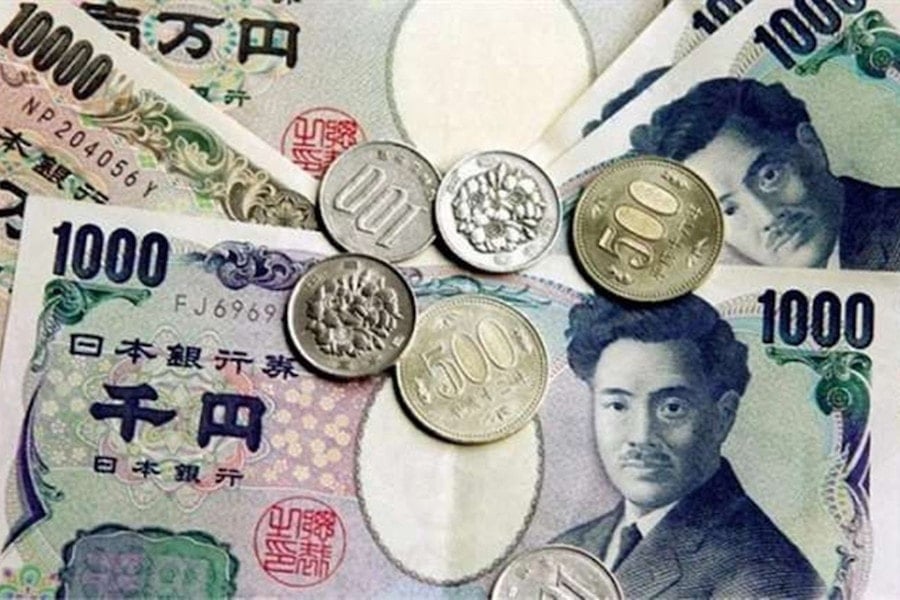
In the domestic market, at the beginning of the trading session on April 24, the State Bank announced the exchange rate of the Vietnamese Dong to JPY at 175.62 VND.
The reference exchange rate at the State Bank's transaction office has slightly decreased, currently at: 166 VND - 183 VND.
In terms of cash buying, HDBank is still the bank holding the highest position with a price of 181.75 VND/JPY. Meanwhile, the lowest price continues to belong to VIB with only 167.74 VND/JPY, a difference of 14 VND compared to the next bank, SCB (175.30 VND/JPY).
In the transfer buying direction, HDBank also leads with an exchange rate of 182.13 VND/JPY.
On the contrary, VIB kept the lowest level at 169.14 VND/JPY. The selling price continued to record the lowest level at VIB with 175.80 VND/JPY for cash transactions and 174.80 VND/JPY for transfers.
NCB continued to lead in the highest selling price, selling cash at 189.68 VND/JPY and selling by transfer at 190.88 VND/JPY.
Most major banks such as Vietcombank, BIDV, ACB, Techcombank and Eximbank still maintain stable exchange rates in the range of 178–180 VND/JPY for buying and 185–188 VND/JPY for selling.
Source: https://baonghean.vn/ty-gia-yen-nhat-hom-nay-24-4-2025-tang-nhe-so-voi-usd-10295811.html


![[Photo] National conference to disseminate and implement Resolution No. 66-NQ/TW and Resolution No. 68-NQ/TW of the Politburo](https://vphoto.vietnam.vn/thumb/1200x675/vietnam/resource/IMAGE/2025/5/18/adf666b9303a4213998b395b05234b6a)
![[Photo] Prime Minister Pham Minh Chinh chairs meeting on science and technology development](https://vphoto.vietnam.vn/thumb/1200x675/vietnam/resource/IMAGE/2025/5/17/ae80dd74c384439789b12013c738a045)


![[Photo] More than 17,000 candidates participate in the 2025 SPT Competency Assessment Test of Hanoi National University of Education](https://vphoto.vietnam.vn/thumb/1200x675/vietnam/resource/IMAGE/2025/5/17/e538d9a1636c407cbb211b314e6303fd)




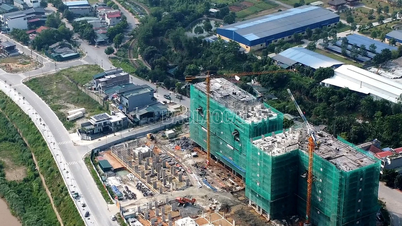










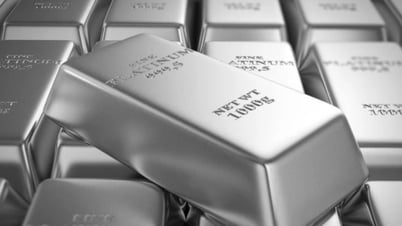
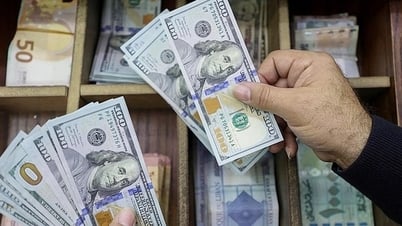
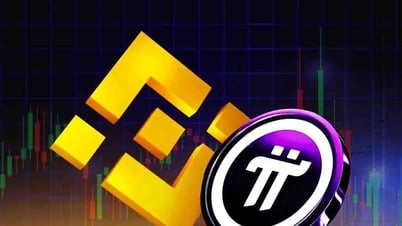
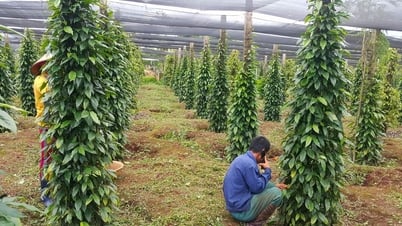
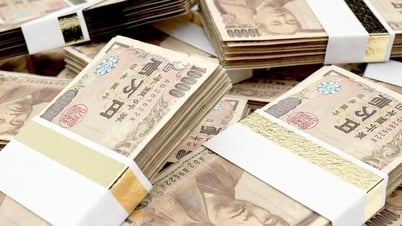

![[Photo] Readers line up to visit the photo exhibition and receive a special publication commemorating the 135th birthday of President Ho Chi Minh at Nhan Dan Newspaper](https://vphoto.vietnam.vn/thumb/1200x675/vietnam/resource/IMAGE/2025/5/17/85b3197fc6bd43e6a9ee4db15101005b)























































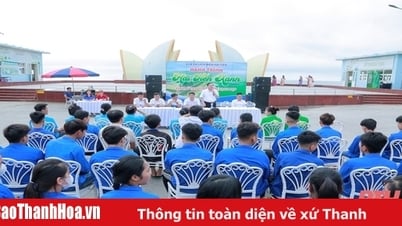











Comment (0)